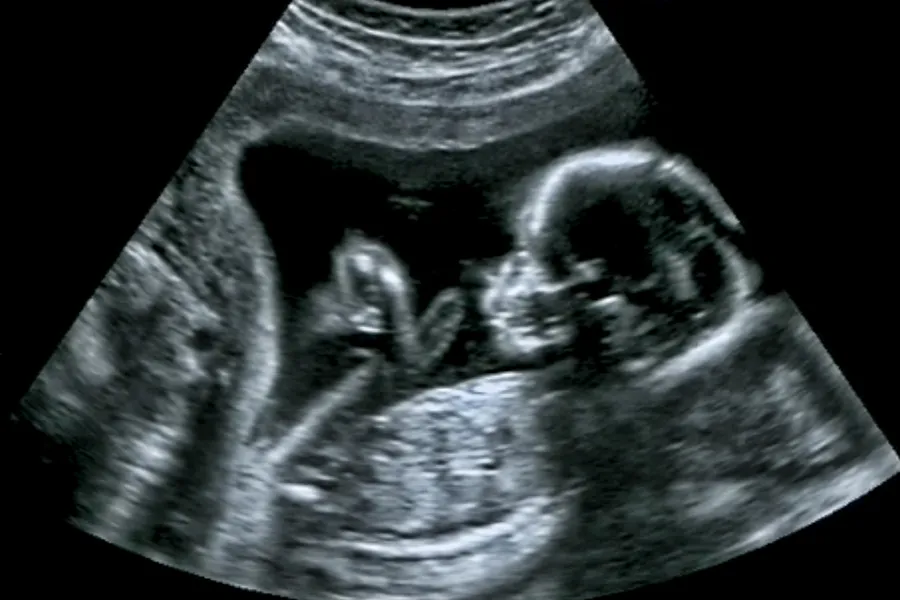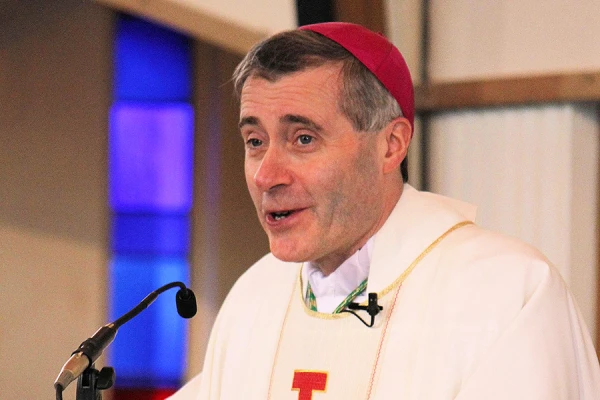
Madrid, Spain, Nov 29, 2017 / 12:00 am (ACI Prensa).- Spain’s National Court has ruled that the Family Planning Federation, a subsidiary of Planned Parenthood International, can no longer be designated as a “public service organization” in Spain.
Under Spanish law, an organization qualified as a public service organization receives numerous tax, economic, administrative and legal benefits.
The Spanish subsidiarity of the International Planned Parenthood Federation lost its designation in May 2016, when it was discovered the group had been illegally financed for seven years. The National Court temporarily reinstated the designation after reforms were promised.
However, on Nov. 25 the National Court definitively revoked FPF’s public service organization status, ruling in favor of an appeal issued by Minister of the Interior, and the Christian Lawyers Association which sought to have the international organization disqualified.
Christian Lawyers Association president Polonia Castellanos celebrated the decision and stated that “an organization which has systematically failed to comply with the law cannot be granted that status.”
She also asked that the FPF no longer be granted “the more than €400,000 they receive with the money coming out of our pockets.”
Castellanos pointed out that the abortion-provider is also funded by its American counterpart, Planned Parenthood, which has been under congressional investigation in the U.S. for illegally trafficking in the organs and tissues of aborted babies.
The Christian Lawyers Association’s Complaint
The CLA initially filed a complaint with the Minister of the Interior alleging the FPFE had not declared income from ads they ran in a pharmaceutical magazine, prohibited under Spanish law, nor were they penalized for such advertising.
The Interior Ministry withdrew the public service designation from the group, alleging that “such illegal conduct is incompatible with the advancement of the public interest, in this case, protecting the public’s health.”
The ministry also stated that “it involves betraying the confidence that society places in that entity which claims to benefit the community in exchange for receiving important advantages.”
Following the decision, the Family Planning Federation filed suit against the Interior Ministry and the Christian Lawyers Association. The National Court determined in fact that the Interior Ministry had acted properly, and dismissed the lawsuits, requiring the FPF to pay court costs for their failed litigation.
For Luis Losada Pescador, director of Spain’s CitizenGo campaigns, this is “really good news from the Spanish perspective because justice is being done.”
“An organization that hides income and dodges penalties is not serving the public interest. From the international point of view, this comes when the FBI may be starting an investigation into the largest abortion multinational in the world with great influence in Latin America through its subsidiaries,” he said.
Finally, he stated that this Spanish precedent “is very importantt because it opens the door to penalties against the American parent company.”
Qualifying for PSO status
According to Spanish law, institutions can be officially designated as “public service organizations” if their “statutory ends tend to promote the public interest and are of a civic, educational, scientific, cultural, sports or health related nature, promoting constitutional values and human rights.”
In addition the law states “associations designated as public service organizations have the following rights: they can state their PSO status on all types of documents after their name; enjoy exemptions and financial benefits recognized by law for such organizations under the terms and conditions provided by current regulations; enjoy economic benefits established by law; and free legal aid under the terms of the specific legislation.”
PSO legal status is granted by the Spanish Government’s Minister of the Interior.
As a PSO, the Spanish Family Planning Federation received around 377,000 € ($445,000) in public funding a year.
This article was originally published by our sister agency, ACI Prensa. It has been translated and adapted by CNA.
If you value the news and views Catholic World Report provides, please consider donating to support our efforts. Your contribution will help us continue to make CWR available to all readers worldwide for free, without a subscription. Thank you for your generosity!
Click here for more information on donating to CWR. Click here to sign up for our newsletter.





Leave a Reply